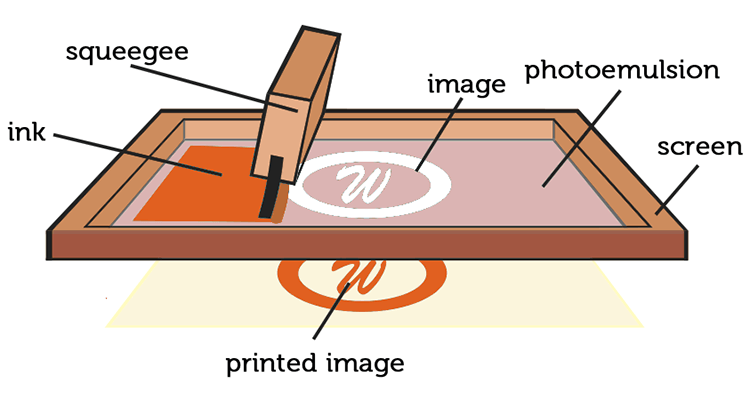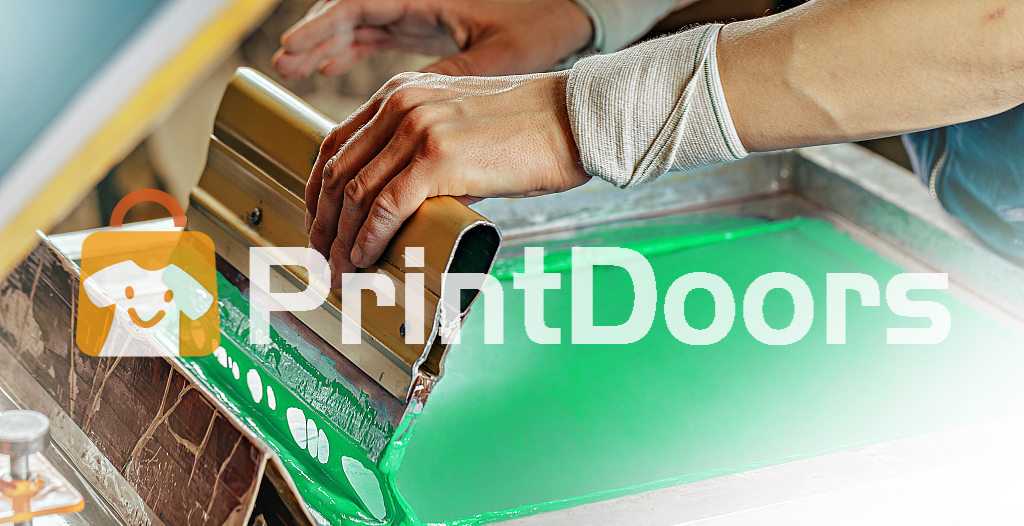Examine This Report about Tx Tees
Examine This Report about Tx Tees
Blog Article
The 7-Minute Rule for Tx Tees
Table of ContentsThe Ultimate Guide To Tx TeesAn Unbiased View of Tx TeesTx Tees Fundamentals ExplainedLittle Known Questions About Tx Tees.Tx Tees Fundamentals ExplainedThe Definitive Guide for Tx TeesThe Only Guide for Tx Tees
Include up various other expenses, like the number of energies it takes to run the shop and the price of ink and solution per design. Take the print listed below.The solution must just be a few cents since you 'd just need to layer one display for this job. So just how much should you bill per t-shirt to make an earnings? Typically, printers try to make up to 45% profit on a print job. Below's a table to assist you establish that: overall expense per thing percent of desired earnings as a decimal (instance:.25 or.45) profit made per thing per task Now allowed's discuss the profitability of DTF.

With DTF, you can print a handful of tee shirts, or just one. Both screen printing and DTF have their specific niches in the world.
More About Tx Tees
The very best way to recognize? Ask around and see what print stores like your own are doing. custom cap printing. Attempt both out and see which you like far better
When you're choosing what sort of printing approach to make use of for publishing your artwork designs on your garments, it is essential that you understand the differences between these 2 strategies so you can maximize results while lessening expenses. Display printing is one of the most generally made use of technique for printing layouts on textiles.
DTG printing is also recognized as spot or direct to garment printing because it publishes only what is needed rather than making a screen as screen printers do. https://nu3nuz2pecb.typeform.com/to/lj3z1iI9. Display printing functions by screen filler squeegee screen printing ink screen mesh display, after that moving the photo to garment using heat and/or stress
The DTG printer utilizes unique dye-sublimation inks that are used right into a pre-designed image by a digital printing system. The inks enter into the material, allowing for vivid shades and extraordinary information. It's additionally referred to as place or direct to garment printing due to the fact that it publishes just what is needed as opposed to making a screen as display printers do.
Tx Tees - The Facts
Initially, it's much faster - you can print a fullcolor image in mins, rather than hours for screen printing. Second, there's no set up time or costs included - you can publish any layout you like, without having to create a screen first. Third, there's no waste - due to the fact that screen printers display print one design at a time, they have to evaluate each shade independently.
The paper is really expensive and can just be used once. Once it's printed on, it has to be disposed of. - The initial acquisition rate is less than the upfront financial investment of DTG printers- You can publish multi-color designs one display at a time rather than having to publish each color individually like DTG printing.

Little Known Questions About Tx Tees.
Nevertheless, rather than making use of screen mesh as display printers do, color sublimation printers utilize laser innovation to move your pictures onto garments or paper. A warmth process transfers the dye from its solid-state directly into the gas stage which in turn merges it onto fabric substratums when they are swiftly warmed to heats under high stress.
Sublimation printing is environmentally friendly. It uses much less water than screenprinting, and due to the fact that it does not entail making use of unsafe solvents, it's secure for all sorts of garments. The color sublimation inks are also odor free when healed, unlike screen printers that utilize unsafe chemicals throughout the display printing process that leave behind an undesirable odor.
They likewise save cash on pricey tools like exposure units because color sublimation printers do not require a UV exposure system or a flash remedy stove that is typically used in screen printing (custom monograming). What is straight to garment printing (DTG Printing)? DTG printing is an electronic screenprinting process that publishes directly onto fabric utilizing specialized inkjet printers
The Tx Tees Statements
DTG printing uses several advantages over conventional screenprinting, including the capability to print photo quality photos, better shade vibrancy, and the ability to print designs on darker materials. DTG printers work by warming the textile ink up until it becomes a gas. The gas after that penetrates the material, bonding with the fibers to produce an irreversible print.

Display printers just prepare their display after that begin printing until they lack product or ink.- There is a large range of knowledgeable screen printers throughout the world, which can be helpful for beginners. - It's a slower procedure - display printers commonly have to wait for the ink to completely dry prior to they can publish the following shade- Screen printers require manual work, so there's a higher understanding curve and it takes longer to generate a premium style- Display printing isn't as exact as DTG printing, so you might obtain some "blood loss" of colors from one part of the image onto another otherwise done appropriately.
Some Ideas on Tx Tees You Should Know
Instead of utilizing screen mesh as display printers do, color sublimation printers use laser innovation to transfer your pictures onto garments or paper. A heat process transfers the color from its solid-state directly right into the gas stage which in turn merges it onto material substrates when they are rapidly heated to high temperatures under high pressure.
Sublimation printing is environmentally friendly. It makes use of less water than screenprinting, and because it doesn't entail using dangerous solvents, it's secure for all kinds of clothing. The dye sublimation inks are additionally unsmelling when treated, unlike display printers that use harmful chemicals throughout the screen printing procedure that leave behind an unpleasant odor.
They also conserve cash on expensive devices like exposure systems considering that color sublimation printers do not require a UV direct exposure system or a flash remedy oven that is normally used in screen printing. What is direct to garment printing (DTG Printing)? DTG printing is a digital screenprinting procedure that prints directly onto fabric using specialized inkjet printers.
Tx Tees - Truths
DTG printing provides numerous benefits over traditional screenprinting, consisting of the capacity to print photo top quality photos, greater shade vibrancy, and the ability to publish layouts on darker materials. DTG printers function by heating the fabric ink till it transforms right into a gas. The gas after that permeates the textile, bonding with the fibers to develop an irreversible print.
Report this page